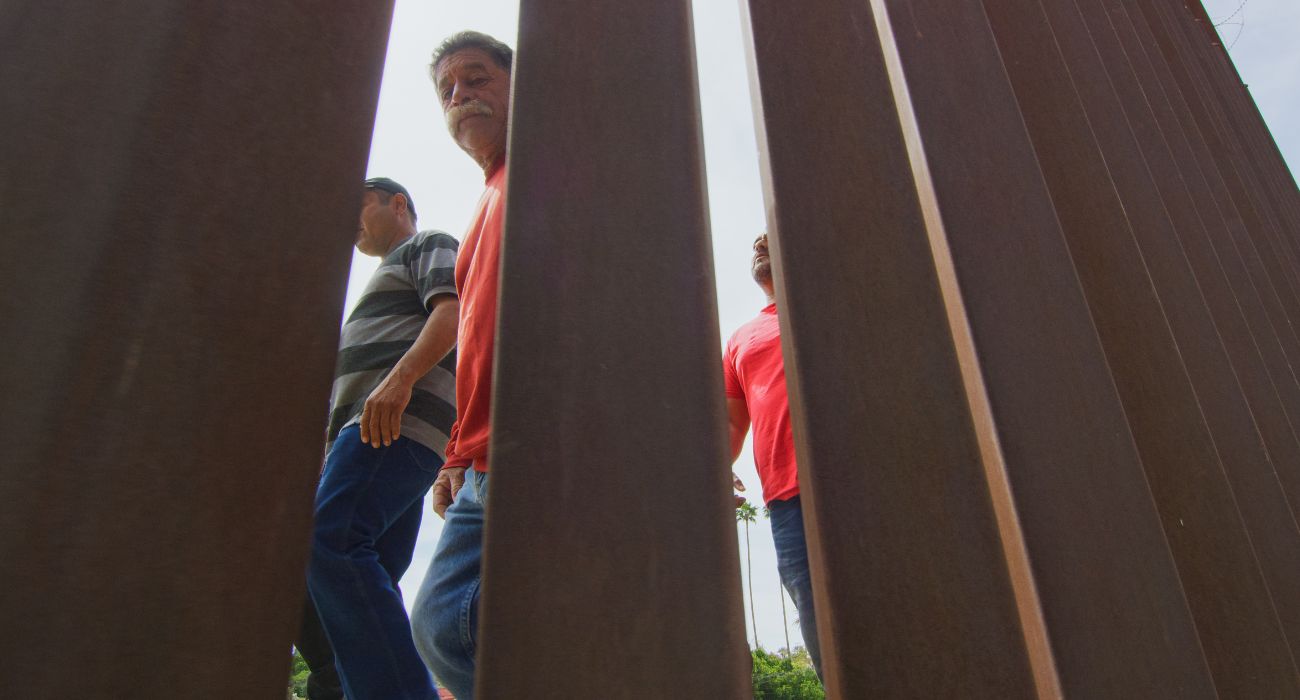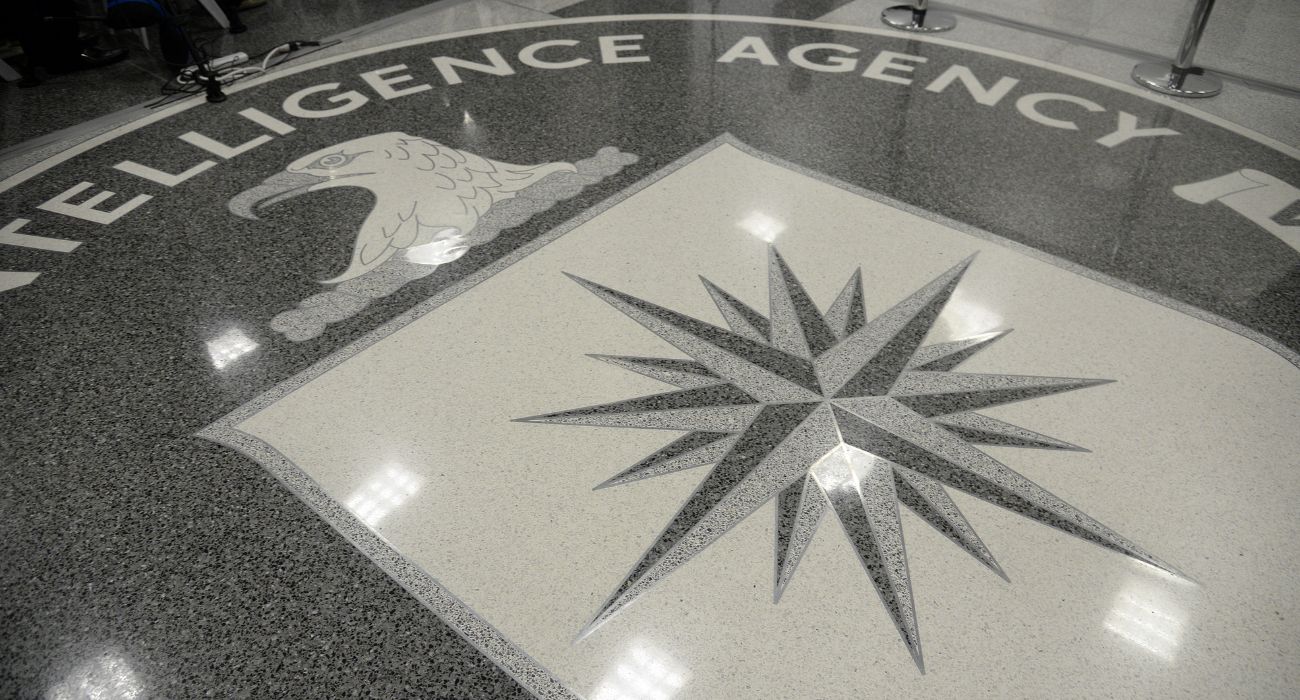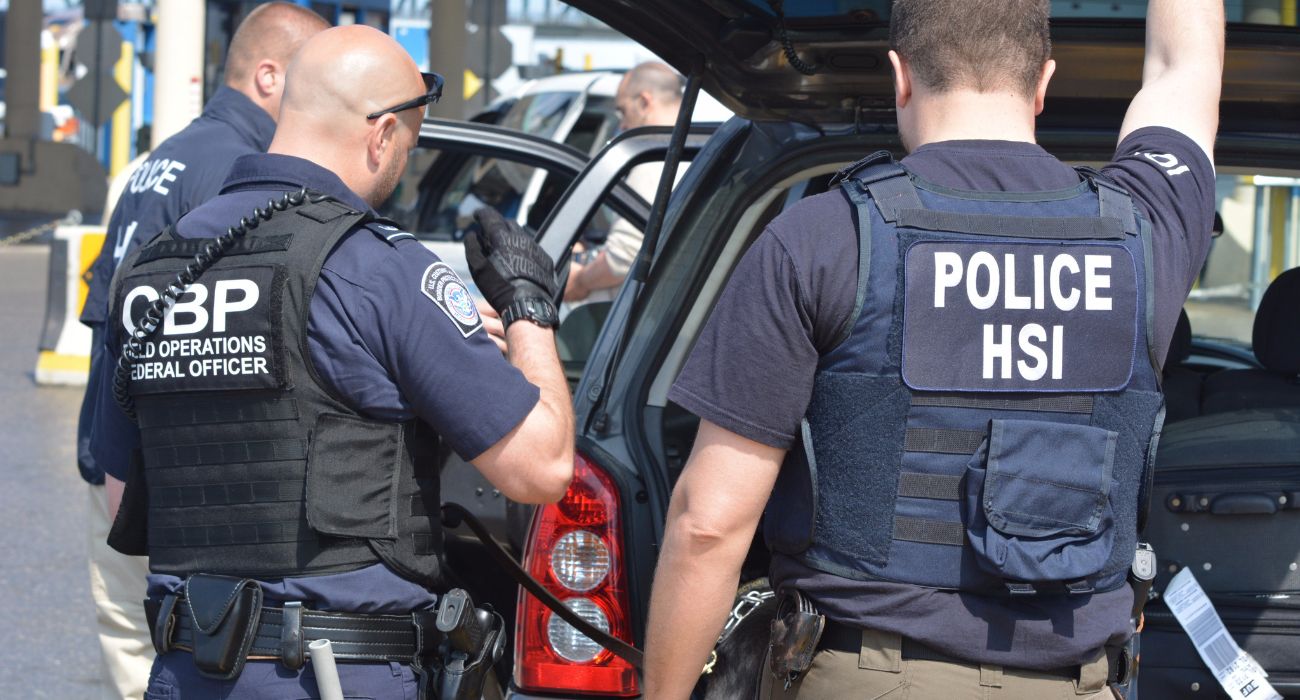The Supreme Court began oral arguments on two cases involving affirmative action at our nation’s universities. At issue is whether colleges and universities can continue to take race into consideration as a factor in admissions.
In Students for Fair Admissions v. Harvard, plaintiffs claimed that Harvard’s race-conscious admissions policy unlawfully discriminates against Asian-American applicants in violation of Title VI of the Civil Rights Act of 1964.
Similarly, in Students for Fair Admissions v. University of North Carolina (UNC), plaintiffs allege that UNC’s admissions policy unfairly uses race to give significant preference to underrepresented minority applicants, to the detriment of white and Asian American applicants.
The majority of justices have hinted that they are open to ending the controversial practice by expressing hostility towards the consideration of race in college applications during oral arguments.
In 2016, the Supreme Court upheld the practice of affirmative action in Fisher v. University of Texas, in which a white student claimed to be discriminated against while applying to the University of Texas.
In that case, the court held that the race-conscious admissions program used by the University of Texas was lawful under the Equal Protection Clause of the Fourteenth Amendment.
Monday’s oral arguments lasted just under five hours, with both Harvard University and UNC arguing in support of their school’s admissions policy.
Justice Clarence Thomas repeatedly asked the universities’ attorneys to specify what “diversity” they are striving for and to provide evidence of educational benefits from a more diverse campus.
Other justices questioned how long universities will consider race as a factor to level the playing field or if minority groups have been represented sufficiently already.
“How will we know when the time has come?” asked Justice Brett Kavanaugh, who was citing a comment by Justice Sandra Day O’Connor in Grutter v. Bollinger, that “25 years from now, the use of racial preferences will no longer be necessary.”
Agreeing with Kavanaugh, Justice Amy Coney Barrett stated, “Grutter says [affirmative action] is dangerous and it has to have an end point.”
In Grutter v Bollinger, a white student rejected from the University of Michigan Law School challenged the law school’s admissions policy.
The court found that the law school’s narrowly tailored use of race in its admissions decisions to further a compelling interest in obtaining the educational benefits that flow from a diverse student body was not prohibited by the Equal Protection Clause, Title VI, or Section 1981 of the Civil Rights Act.
In Monday’s oral arguments, the court’s three justices focused on the importance of ensuring diversity in higher education, saying that race-conscious admission policies were needed.
According to their position, schools must take into account a student’s race to fairly judge those applicants from potentially lower socio-economic backgrounds.
“Race alone doesn’t account for why someone is admitted or not admitted,” said Justice Sonia Sotomayor. “There’s always a confluence of reasons. There is any number of Hispanics, Blacks, Native Americans who are not chosen by schools.”
A decision from the court is expected next summer.







So ignore their GPA, get the lowest denominator to be doctors and lawyers, and then drop exam questions and curve final grades so they pass. That’ll be good for society, right? So in today’s sociery, intelligence and honesty have taken a back seat.
The real issue is that there are two separate evaluation processes. One is based upon ONLY upon their achievement. The second is based upon RACE. The issue is that The admissions employees make the decisions with full knowledge of each person’s race and ignore their lower level of achievements that are required for most applicants.
A better way would be to make the colleges keep a percentage of admissions for other than the high achievers, allow ALL applicants into a drawing system, a lottery. No person can have more than twice the lottery tickets of any other person, and persons of underprivileged background and or from a list of other hardships get extra lottery tickets.
Then have a drawing. This allows people of ethnic and hardship to enter by achievement first, and gives them another chance to enter, but the drawing must include all applicants, not just ethnic or hardship. This would be extremely fair and would end the gerrymandering by the admissions people.